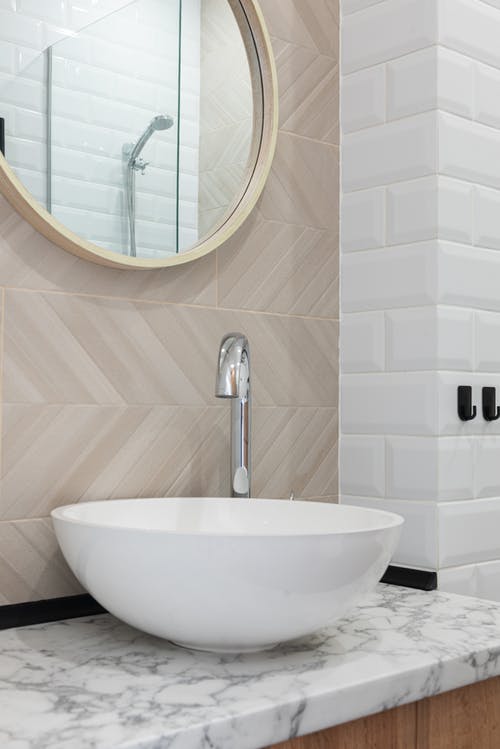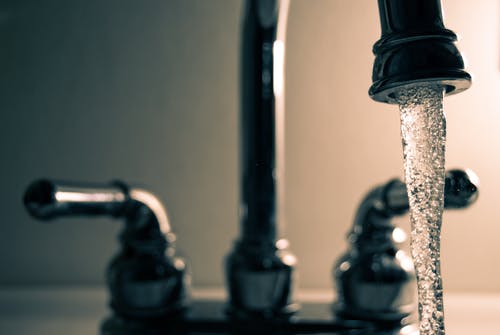5 Tips to Maintain Sink Faucets
2021.10.08

Maintenance of faucets? Yes, that is a real thing you need to take care of.
Many people rarely give attention to faucets unless they encounter a problem with the flow of the faucet. Whether you have recently installed a sink faucet or are just getting to know about faucet maintenance, the following five tips to maintain a sink faucet will prevent you from spending on plumber bills:
1. Prevent water damage
Sounds ironic, does it not? But the outer surface of the faucet is vulnerable to water damage and spots that can appear on the shiny surface when the droplets dry. Clean the water on the faucet with a dry clean cloth, and the spots can easily be cleaned with a cloth dipped in warm water.
Choosing a microfiber cloth is more preferable in comparison to scrubbers with a rougher surface as it can scratch the finishing of the sink faucets. You can also select a toothbrush with soft bristles to clean the areas that are harder to clean with cloth and pads. While cleaning with a toothbrush, use baking soda and water as a cleaner to remove stains.
Premium faucets like the ones from Oltsw have a matte finish, so their cleaning will require more care. Fingertip stains can impact the appeal of the finish, so you have to make sure to polish or wax the faucet surface to remove stains and give the surface uniform and clean appearance after each use.
2. Daily Maintenance is the Key
As you might have gathered from the tip mentioned above, you will need to frequently clean out sink faucets for proper maintenance. If you are cleaning your faucet daily, it will be spotless but make sure you use a mild cleanser. A cleanser is important as, along with water damage, you will also have to remove any lime deposits happening due to hard water. An industrial-grade or bleach-based cleaner can tarnish the faucet surface and do more harm than good.
Read the composition of the cleaner and if it has caustic agents, phosphoric or hydrochloric acid, consider going with a milder alternative. If you find nothing else, use your window cleaner on the faucet for thorough cleaning. White vinegar is another greener alternative to cleaning your faucet surface. Matte surfaces might require more care so ask the manufacturer beforehand about any maintenance tips.
3. Check and Replace
Cleaning is just one part of maintaining a sink faucet. You will also have to keep checking the faucet for any wear and tear occurring because of continuous use. The springs, the seats, and the polish can sustain some damage over time, and you should have them replaced as soon as the problem occurs by a licensed professional. You can directly contact the manufacturer for the replacement, even though many local hardware stores also supply these parts.
4. The Aerator is Important

Most of us don't even know what an aerator is, much less that it needs replacement. The function of an aerator is to mix water and air so that the flow of water is smooth from the faucet mouth. An aerator has a housing, a screen insert and a rubber washer. An aerator needs to be cleaned regularly like the surface of your faucet does. The aerator is subject to blockage and lime deposits, much like the surface of the faucet. You can clean your aerator at home by removing it from the faucet.
All you have to do is to soak the aerator in water and clean it with a soft-bristle toothbrush. If your faucet deals with hard water, you will need to soak the aerator in vinegar instead of water so that all the lime deposits can be easily cleaned out. Sometimes, however, the damage is too much, and you might need to replace the part altogether. In such cases, contact your local hardware store and have it installed by a professional.
5. Know the Warranties
Faucet care and the replacement of faulty parts is relatively inexpensive, and that is why people do not care about the warranties that the faucet manufacturers offer them. Different parts of a faucet may have different warranties depending on the manufacturer you bought it from. There are lifetime warranties as well as warranties lasting for as long as a year.
Knowing the warranty coverage of the faucet as well as the different parts in it will help you save money as you will not have to invest in buying the replacement parts. If you find any other defects like the finishing, the faucet's warranty will cover that too. All you will need to do is keep the warranty card with you and have the manufacturer's contact information at hand in case any problem occurs.
Conclusion
If you maintain your faucets well, you will not have to spend a lot of money to get them fixed when a major issue needs fixing. Just be vigilant about cleaning the faucet inside and out. Faucets do not require a lot of maintenance so, if you are careful with the use of a faucet, it will last for years without you having to worry about any problems.
More Articles
Copyright © Fooyoh.com All rights reserved.